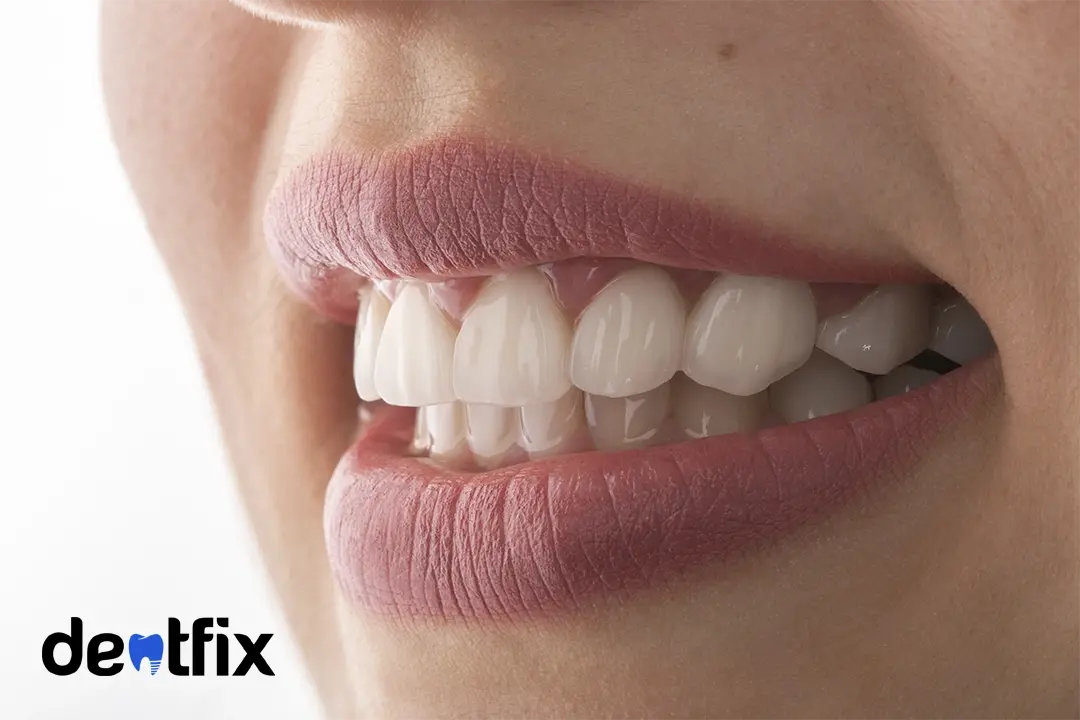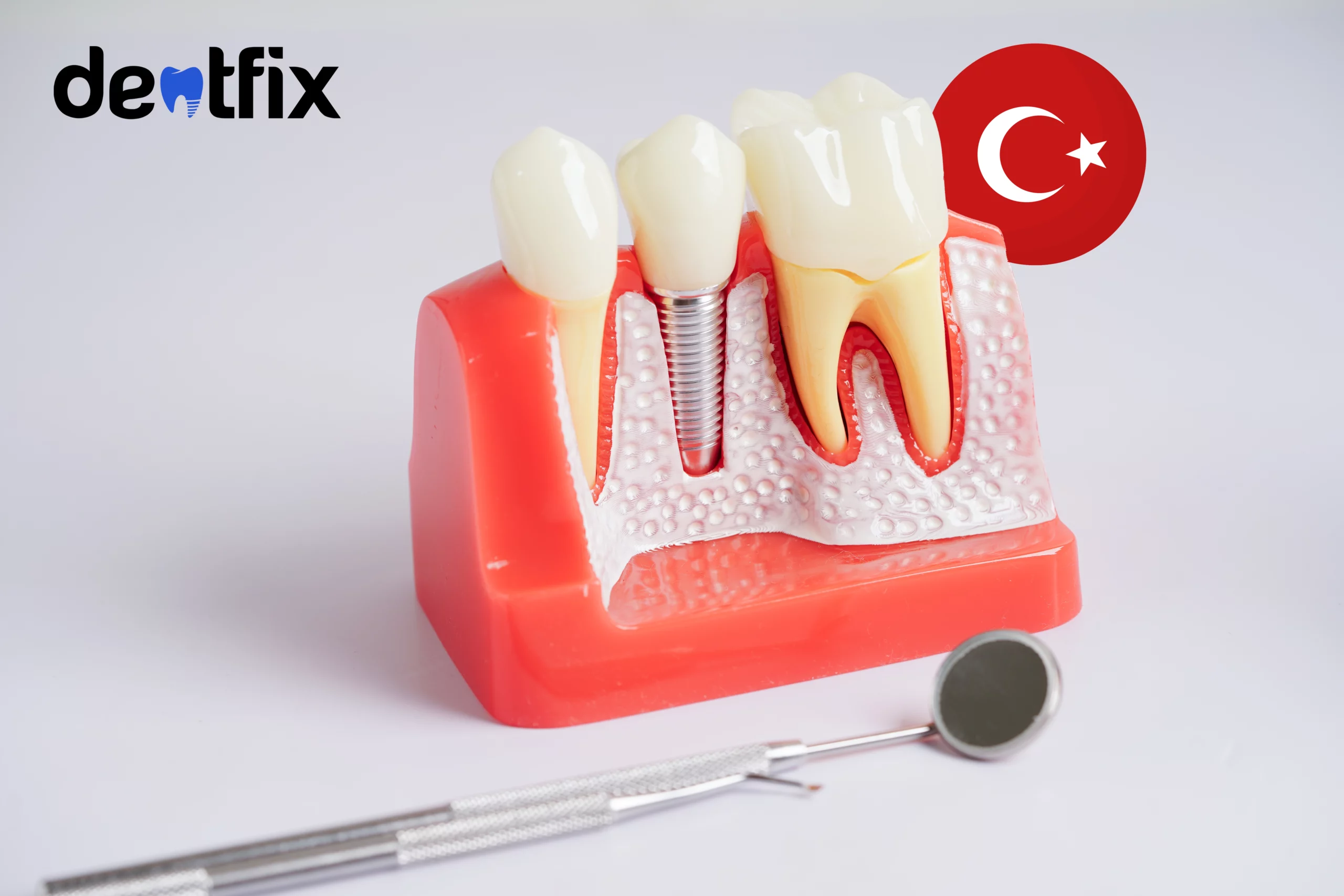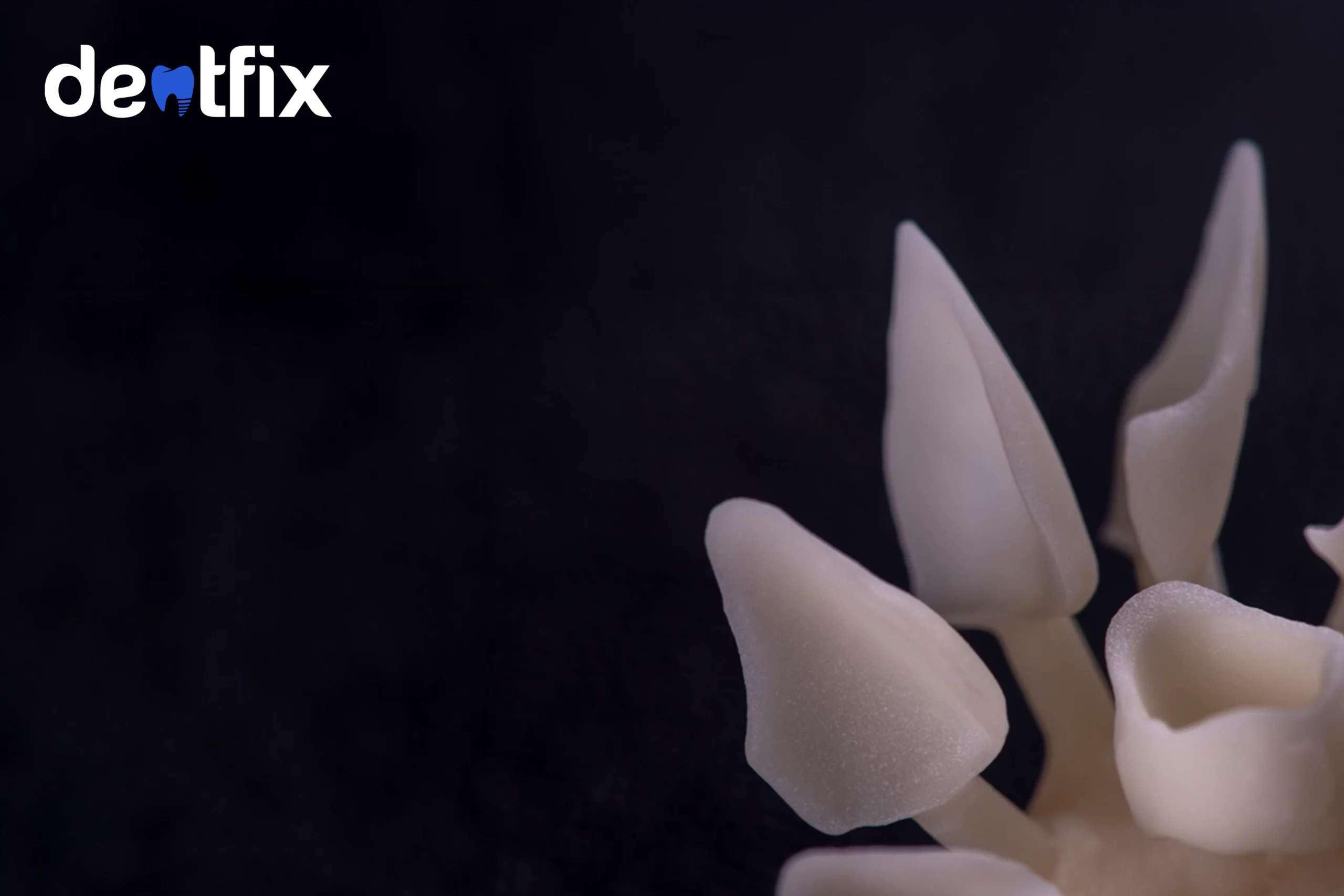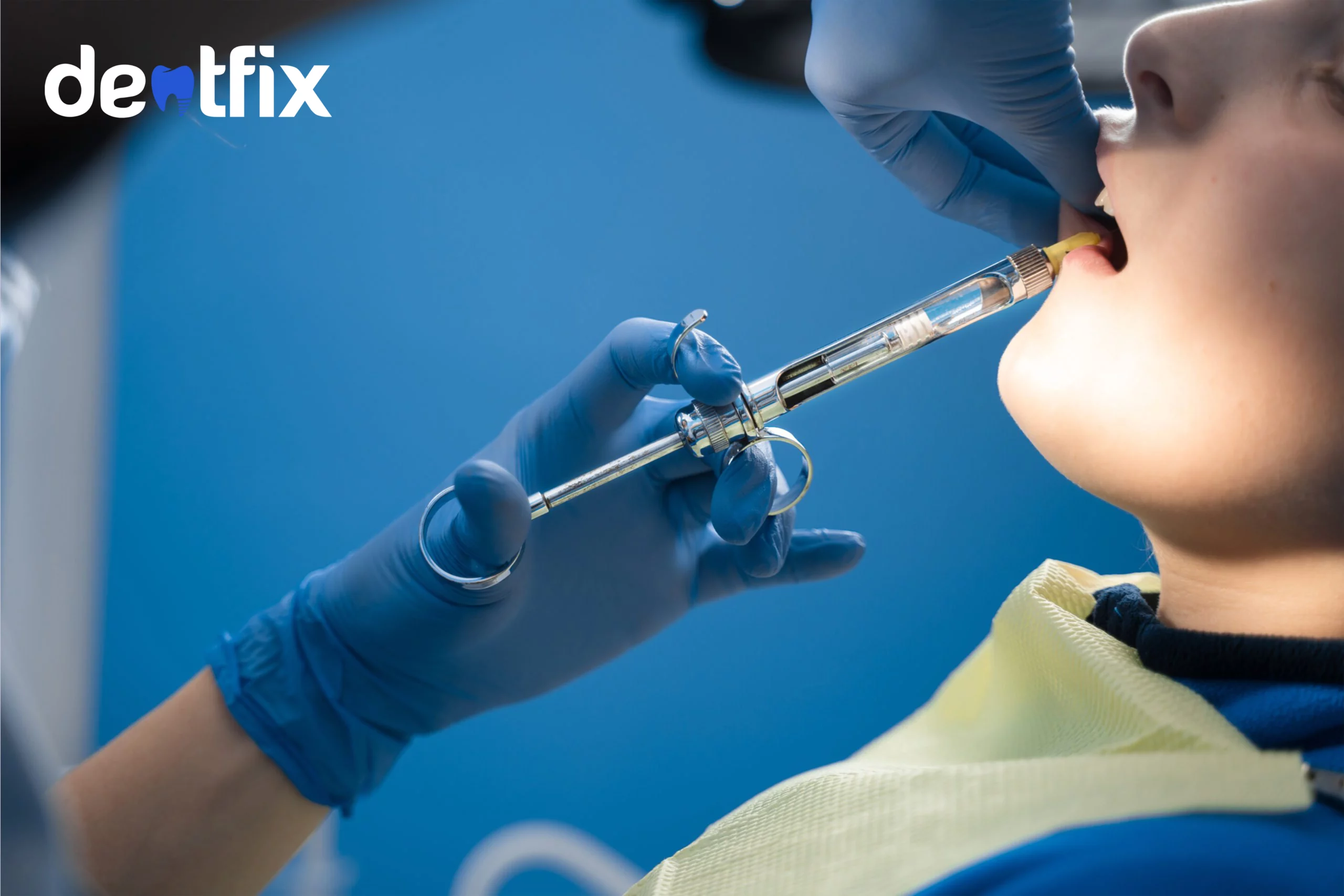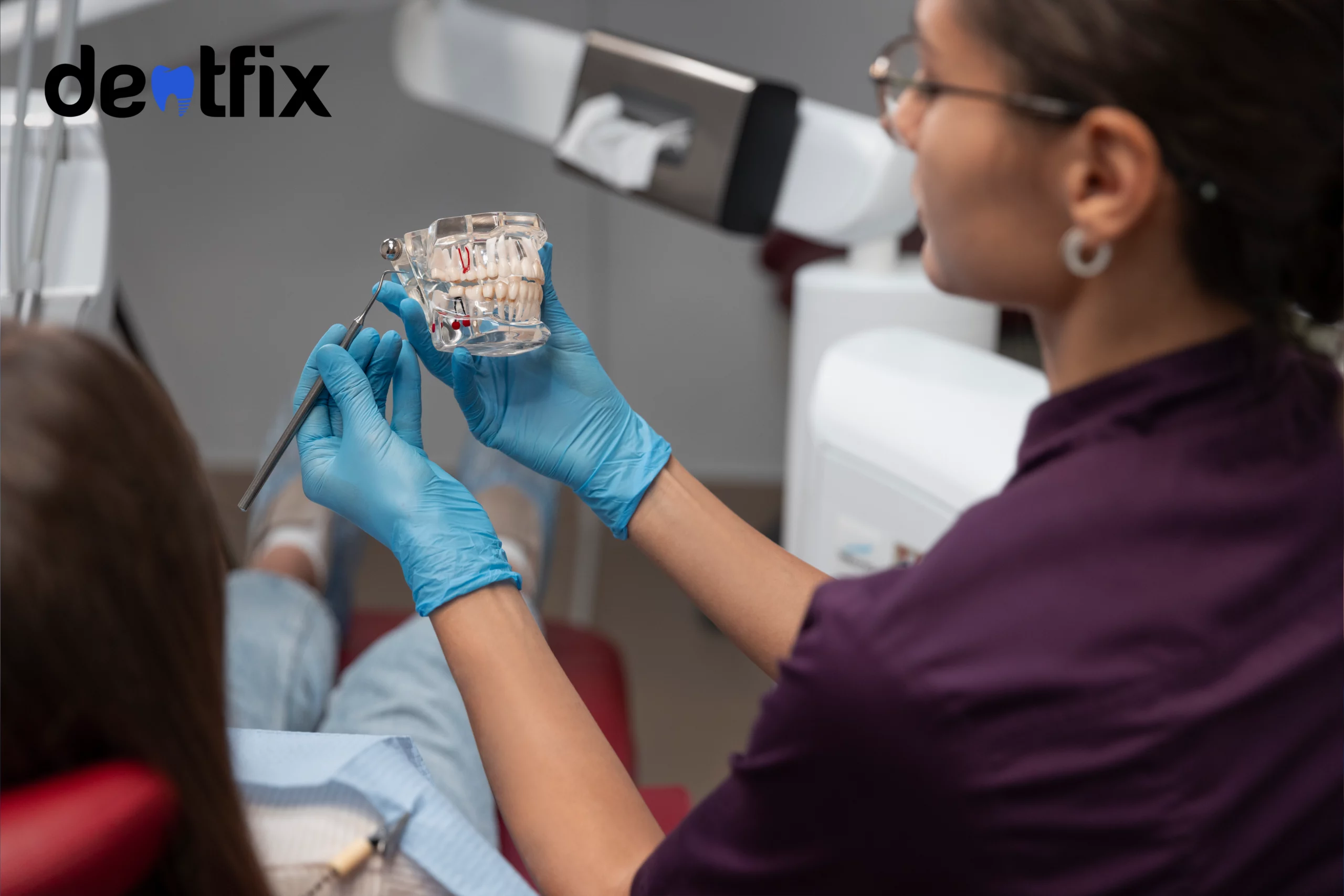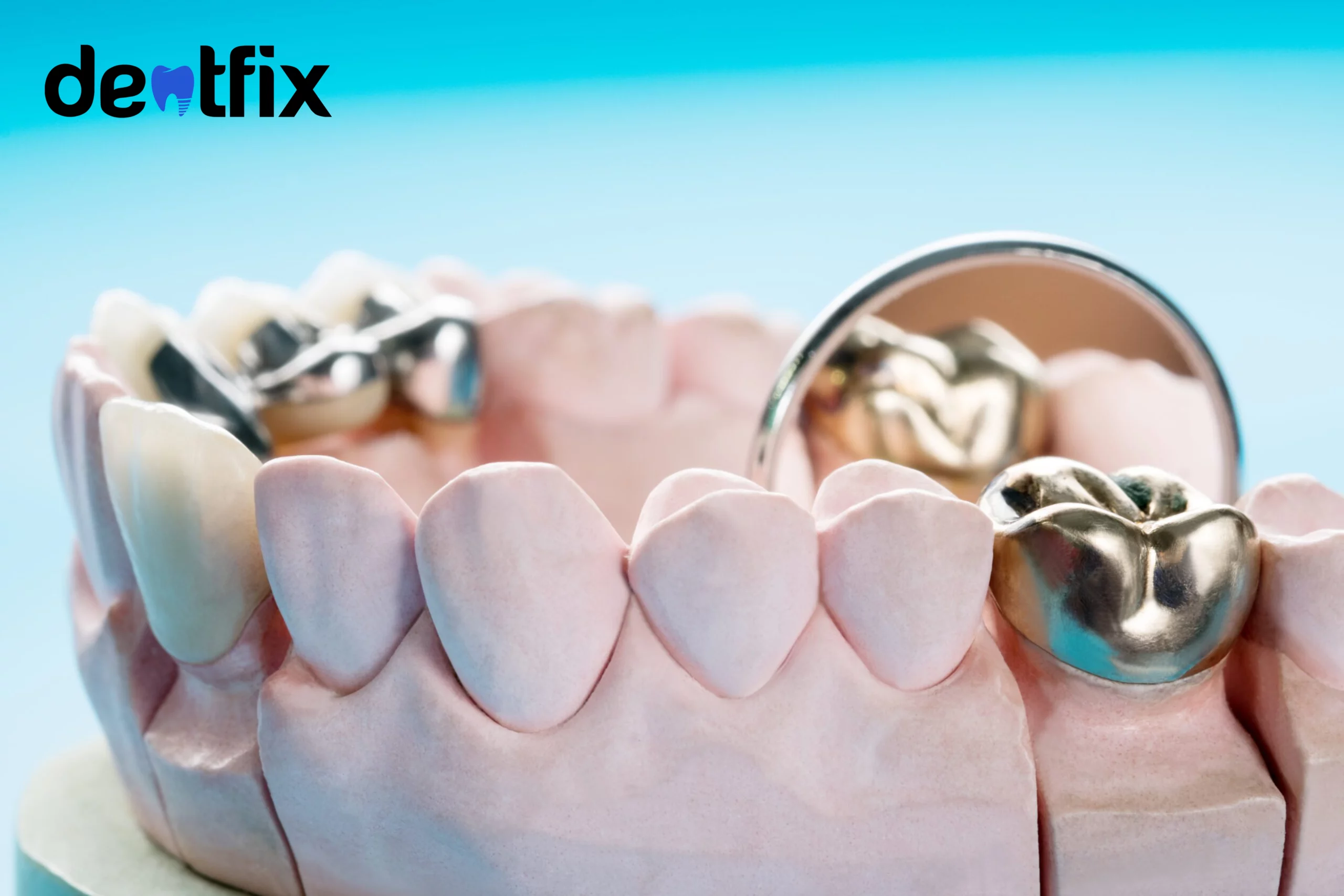What are the signs of bone loss in teeth?
Although bone loss may sound scary, it is a problem that many people experience. You may even be living it without realizing it. For example, if you have an extracted or fallen tooth, some of the bone structure that supports it will be lost within a year. For this reason, it would be better not to delay getting dental implants.
As our bones are the strongest tissues in our bodies, they keep the body afloat and support it from the inside. If they get damaged, you may face some serious problems. It is also a problem that can affect your appearance. Luckily, it’s not hard to spot the signs of bone loss in teeth.
Some of them can occur at early stages, while others mean you have severe bone loss. Although late-stage signs are easier to observe, early signs will also reveal themselves for watchful eyes. Spotting these early signs of bone loss in teeth allows you to take action. So it’s quite important to get to know them.
In this article, our goal is to look at 11 signs of bone loss in teeth. What are we waiting for then? Let’s start:
Beginning of bone loss
As a serious oral health problem, bone loss can be caused by many different reasons. The main ones are periodontal disease and tooth loss. However, external traumas, internal diseases, and even tumors can cause tooth loss. Our jawbones are in contact with other tissues in our mouth. They affect each other. Therefore, sometimes it is possible to notice bone loss in the early stages through the changes to be experienced in other tissues.
Sign 1: Loose or shifty tooth
As we said below, bones and gums are the supporting tissues of our teeth. Your teeth hold onto these tissues and keep their place. Therefore, the health of these tissues is effective in keeping your teeth firmly in place.
If you have loose teeth, it may mean that there is a problem with the supporting tissues. It may be caused because your bone tissue being worn or weakened.
Sign 2: Bleeding gums
Bleeding gums is never a good sign. It may be a sign of gum disease, also known as periodontitis or silent killer. Gum disease is one of the most common causes of bone loss. Maybe it can’t kill you, but it definitely is the killer of your gums, jawbones, and teeth.
So how it happens? Bacteria accumulate on your tooth surfaces and cause dental plaque and tartar formation. Tartars spread the infection to surrounding tissues such as gums and bones. At the same time, the acids secreted by bacteria erode your bones over time.
So, as the disease progresses, you begin to lose the bone tissue that supports your teeth. That means discomfort in your gums may be the harbinger of bone loss. A good oral hygiene routine and dental cleanings are quite effective.
Sign 3: Sharp pain
Feeling pain in your jaw and bones may seem ordinary at first. However, if it continues, it can indicate serious problems. It can be a sign of weakened bone structure.
A decrease in bone strength and bone density can expose your nerves to more stimulation. In addition, the areas that your bones support cannot get enough support. So they become more vulnerable which can cause pain.
Missing or weakening bones also affect teeth arrangement. This also can cause pain in daily movements.
Sign 4: An increase in sensitivity
Sensitivity is also a situation that may be related to bone loss. Bones and teeth, both are hard structures formed from vitamins and minerals. If the mineral density decreases in your bones and teeth, they become weaker and more vulnerable.
This can cause tooth sensitivity as well as bone loss. Also If you have advanced periodontitis, your gums start to recede. Your tooth roots and bones get exposed. Exposed tooth roots cause an increase in sensitivity. On the other hand, the bones supporting them get eroded.
Sign 5: Bad breath
As we said above, in the case of periodontal disease, the gum tissue, and bones that lie behind it start to recede. This situation exposes tooth roots and creates deep pockets near them. These pockets are called periodontal pockets. Bacteria easily form tartar and form plaque buildup in these pockets.
his causes more damage to tissues around and causes bad breath. Think about it, millions of bacteria building homes in these gaps, feeding on the food leftovers in your mouth and secreting lots of bacterial wastes.
Sign 6: New gaps between your teeth
You may have black triangles between your natural teeth. It may be a normal thing about your natural tooth alignment. But if you see black triangles that didn’t exist before, this is a red alert.
New black triangles that will form between your teeth may mean that your gums are receding. Receding gum generally occurs with bone loss. These two situations mutually accelerate each other.
One may be the cause of the other but they both together cause new gaps between your teeth. As your gums recede, your tooth roots begin to expose. Normally, the upper parts of your teeth touch each other, while the lower parts stay away from each other.
So new gaps between the exposed roots occur. If you have new black triangles, this means something going wrong with the ground of your teeth.
Advanced Bone Loss
Advanced bone loss will show itself through appearance. When it comes to the most advanced points, your whole facial structure can change. So, it would be better to intervene before it reaches this point. For example, in most cases, severe bone loss can be treated with bone grafting, dental implants, and prostheses.
However, in cases where the bone tissue becomes too thin, there may not be a base on which to place a bone graft or implant. We repeat it: it should not be forgotten that bone loss is a very serious problem.
In the advanced or early stage, at the point you notice one of these symptoms, you should visit a dentist and get treatment.
Sign 7: Ill-fitted dentures
Specialist dentists usually make dental prostheses by taking a mold of the relevant parts. That means these prostheses are produced according to a mold that is exactly right for you. They are made of materials that cannot be easily changed physically.
Therefore, if you are now having problems with your prostheses that were not problematic before, this may mean that there is a change in your mouth structure. In other words, if your prostheses that were previously unproblematic are now ill-fitted, it is quite possible that there is a change in your bone structure.
This can cause it to press on the wrong places and stimulate the wrong tissues. This will strain your teeth and the bones that support them. Forcing these tissues for a long time can cause them to erode.
Sign 8: Wrinkles in the mouth area
Bones are important tissues supporting all the other tissues and organs on them. They provide a healthy good-looking shape and a sustainable formation of these tissues and organs. They shape our bodies from the inside. Any change in bone structure can easily cause changes in your appearance.
Bone loss can decrease blood circulation. So your skin gets fewer supplements to renew itself. This will lead your skin to shrink and get older. Radial lip lines or lines around the mouth area can occur due to this situation.
Sign 9: Facial structure collapse
For our faces, as for our entire body, the appearance of soft tissues is shaped by the underlying bones. The problems to be experienced in these bones will also cause a change in your appearance.
It may take 10 to 20 years for the bone loss to reach the point of facial collapse. It is the result of an advanced process of bone loss. Your lips will curve inwards, your chin will go up and become smaller and you will look older than you are.
Sign 10: Lips sinking inward
In the most advanced stages of jawbone loss, there will no longer be a hard tissue under your lips that shapes them. So your lips begin to sink inwards. This is one of the most obvious signs of advanced bone loss. It indicates that the situation has reached a very serious point.
Your soft tissues should be supported by the hard tissues underneath. This is how they preserve their shape. When the hard tissues are gone, such deformations will be inevitable.
Sign 11: Discomfort when chewing
Our mouth is one of the parts of our body that we use the most on a daily basis. We constantly eat, drink, chew and talk. It is relatively easy to notice the changes that will occur in such a functioning body part. Discomfort in your chewing may be a sign of problems in your bone structure.
With a weakened and eroded bone structure, it will be more difficult to chew. At the same time, your teeth will have more difficulties because there is a problem in the structure that supports the arrangement of your teeth. In such cases, your teeth can be damaged more easily, or even fall out.
References:
Könönen E, Gursoy M, Gursoy UK. Periodontitis: A Multifaceted Disease of Tooth-Supporting Tissues. J Clin Med. 2019 Jul 31;8(8):1135. doi: 10.3390/jcm8081135. PMID: 31370168; PMCID: PMC6723779 link
Esfahanian V, Shamami MS, Shamami MS. Relationship between osteoporosis and periodontal disease: review of the literature. J Dent (Tehran). 2012 Fall;9(4):256-64. Epub 2012 Dec 31. PMID: 23323188; PMCID: PMC3536461 link
